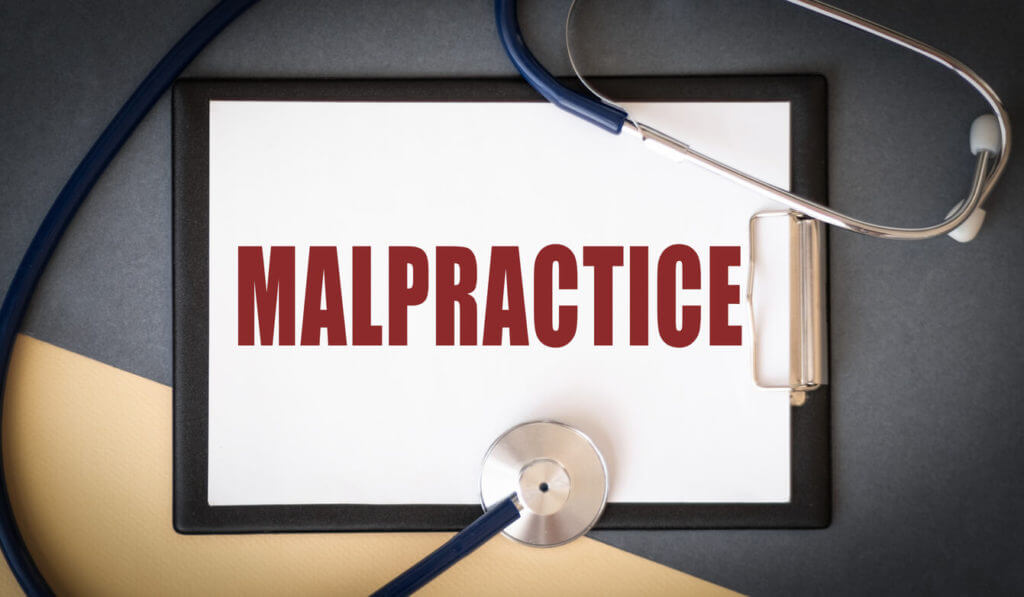When electronic health records (EHRs) first came on the scene the healthcare industry and medical malpractice insurance companies believed they would reduce the risk of medical malpractice claims. One of the main reasons for this belief was that many of the common malpractice risks at the time were connected to paper, handwritten medical records. Doctors are notorious for having poor handwriting, and in a great deal of malpractice cases they couldn’t even read their own writing. Adding to the problem was a system where a doctor or nurse could easily forget to make a note, or might mistakenly make a note in the wrong patient file, or the file could get lost or damaged. It was hoped that implementation of EHRs would eliminate some of the human errors that were common.
While electronic health records have eliminated some risks, and improved patient safety in some areas, they have also introduced new areas of risk that were not anticipated. After several years of claims history, medical malpractice insurance companies are warning healthcare providers about these new malpractice risks, and helping them to avoid potential claims.
What are the malpractice risks associated with EHRs?
1. Input Errors – Just like the old paper files, the information contained in a medical record is only as good as the data put in by the clinician. There are several areas where malpractice insurance companies have seen claims with potential liability.
a. Drop Down Menus – While they make it quicker and easier for the doctor, there is also a real risk of clicking on the option above or below the one desired. If the doctor or nurse is rushed it can be easily overlooked and then become a permanent part of the patient’s record.
b. Autopopulate Features – For convenience most electronic health records utilize some autopopulation features, which if not reviewed, could easily input incorrect information about a patient.
c. Copy & Paste Practices – Copying and pasting are a common way to improve efficiency when using EHRs. As long as the information selected is correct – no problem – but if it is incorrect, it can be copied and pasted over and over and the mistake can only be caught by reviewing the history all the way back to the beginning.
2. Ignoring or Overriding Alerts – Physicians admit that one of the most annoying things about EHRs is the constant alerts about drug interactions. Many of the alerts are precautions that can be ignored, but they are often interruptive to the patient visit, so physicians may experience “alert fatigue,” and overlook or override serious alerts without paying any attention to the content. If this would result in patient injury, the physician could be held liable.
3. Failure to Access Information – According to an article written by David B. Troxel, M.D. of The Doctors Company (TDC), the largest medical malpractice insurance company in the Nation, “Doctors are responsible for information to which they have reasonable access.” Electronic health records connect providers to lab and radiology reports, consultants’ information, and medication histories. If an injury results from a failure to access this information, the physician may be liable. With the increase in information comes a greater responsibility to use that information for patient safety.
4. Faulty Software – An article from August 2014 in Medscape News and Perspective says, “The Health Insurance Portability and Accountability Act (HIPAA) specifically states that the healthcare provider is the covered entity responsible for maintaining the integrity of the patient’s medical record — not the EHR vendor, not the consultant, not the systems integrator.” This means the provider has a responsibility to choose the right EHR for their specialty, and one that is reliable, not just the least expensive.
5. Password Sharing – Many practices have common, shared passwords for everyone in the office to make it easier to remember. The problem with password sharing is that is removes the possibility of identifying the user that made notes, changes, or mistakes in the record. Password sharing in EHR use is highly discouraged. It is best to have individual usernames and passwords, with restricted access to employees who don’t need all the information available in patient records.
6. Physician Distraction – The TDC article argues that the electronic health records may depersonalize the doctor-patient relationship, because it may divert the physician’s attention away from the patient. This could create a barrier and lower patient satisfaction, which increases the risk for a malpractice suit.
While the use of electronic health records systems has the potential to improve patient safety and healthcare efficiency, there have been unanticipated malpractice risks introduced that need to be addressed. This list is only a summary of these new risks, and surely new risks will arise as new claims are filed in the next few years. For more information on claims data, check out these 2 brief videos from The Doctors Company: “Analysis of EHR-Related Claims, Parts I & II:”
At eQuoteMD we strive to bring healthcare providers timely information related to medical malpractice risk management. Learn more about the medical professional liability insurance products we offer for any specialty in any state.



